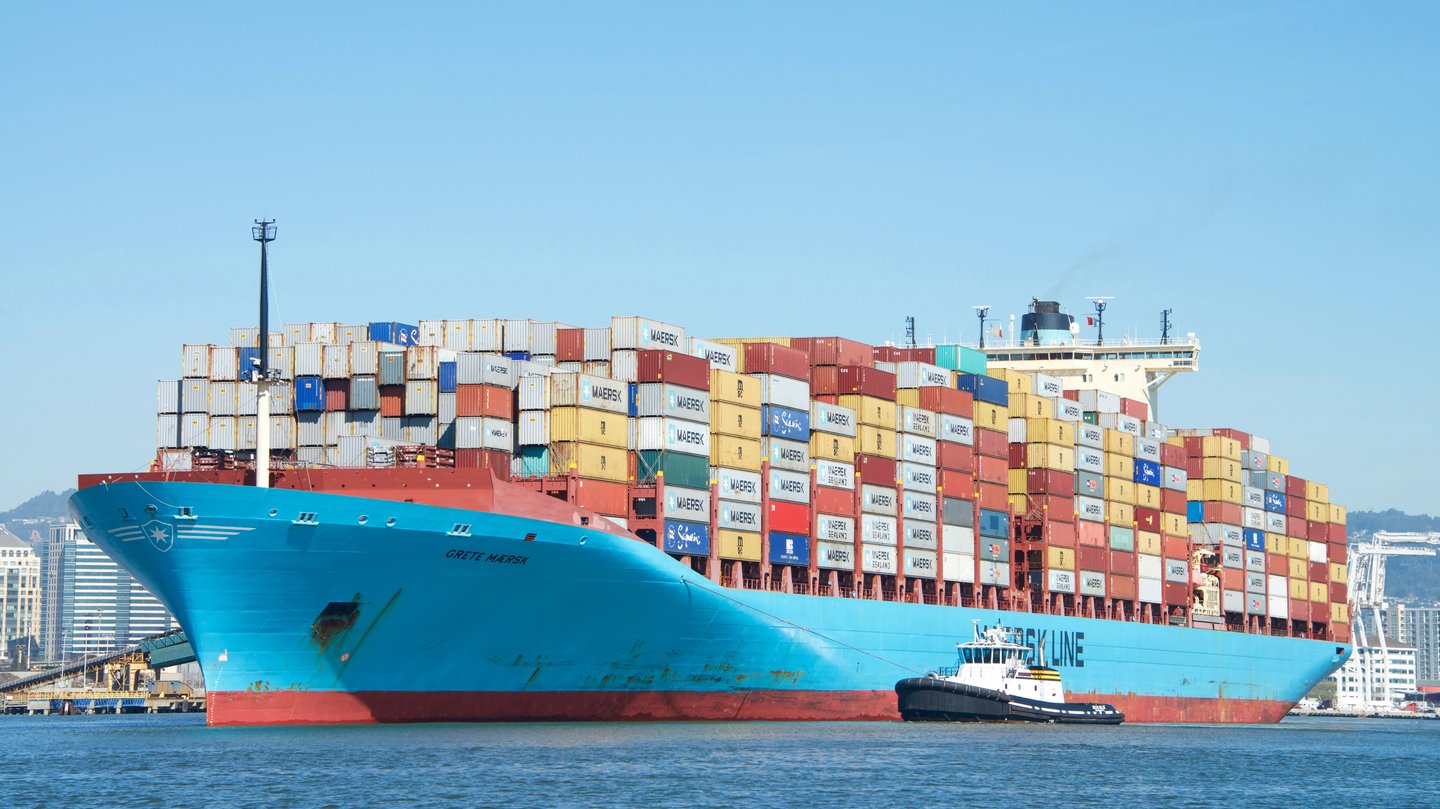Imports Slowing to Pre-Pandemic Levels
Cargo volume at the nation’s major ports continues to slow and is expected to drop to a level not seen in nearly three years, according to the National Retail Federation (NRF).
The monthly Global Port Tracker from NRF and Hackett Associates showed that U.S. ports included in the monthly tally handled 1.73 million Twenty-Foot Equivalent Units – one 20-foot container or its equivalent – in December, down 2.6% from November and down 17.1% from December 2021.
For all of 2022, port traffic totaled 25.5 million TEU, down 1.2% from the annual record of 25.8 million TEU set in 2021.
“With the U.S. economy slowing and consumers worried by rising interest rates and still-high inflation, retailers are importing less merchandise,” said Jonathan Gold, NRF vice president for Supply Chain and Customs Policy. “February is traditionally a slow month, but these are the lowest numbers we’ve seen in almost three years. Retailers are being cautious as they wait to see how the economy responds to efforts to bring inflation under control.”
Ports have not yet reported January numbers, but Global Port Tracker projected the month at 1.78 million TEU, down 17.6% year over year. February is forecast at 1.57 million TEU, down 25.6% from the same month last year for the slowest month since 1.53 million TEU in May 2020, when many factories in Asia and most U.S. stores were closed by the pandemic. Since the beginning of the pandemic, only the 1.51 million TEU recorded in February 2020 and 1.37 million TEU in March 2020 have been lower.
March is forecast at 1.76 million TEU, down 24.8% year over year, April at 1.87 million TEU, down 17.3%, and May at 1.92 million TEU, down 19.9%. June is forecast at 2 million TEU, the first time imports are expected to hit that level since October but down 11.3% from last June. Those numbers would bring the first half of 2023 to 10.9 million TEU, down 19.4% from the first half of 2022.
Global Port Tracker, which is produced for NRF by Hackett Associates, provides historical data and forecasts for the U.S. ports of Los Angeles/Long Beach, Oakland, Seattle and Tacoma on the West Coast; New York/New Jersey, Port of Virginia, Charleston, Savannah, Port Everglades, Miami and Jacksonville on the East Coast; and Houston on the Gulf Coast.


